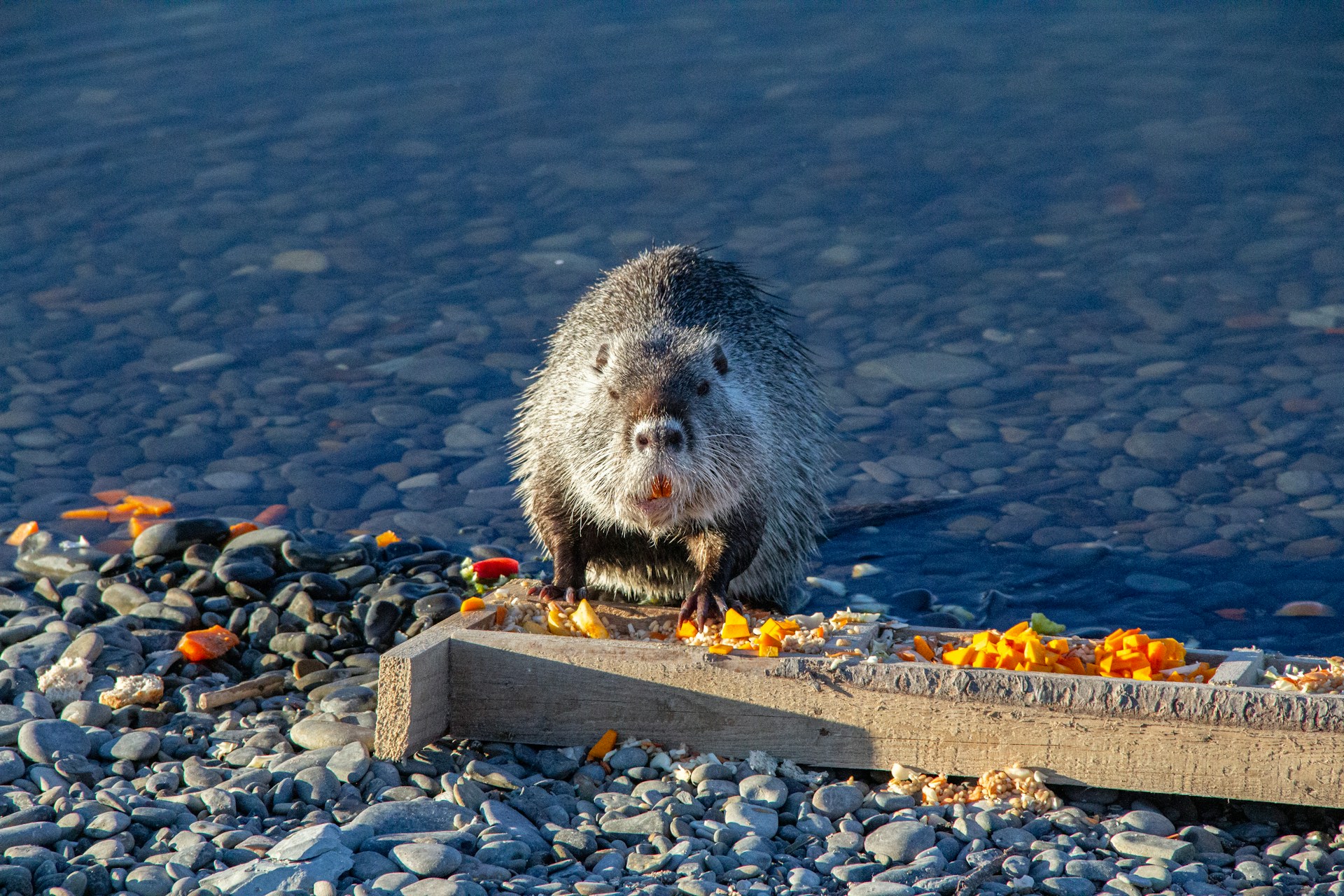It sounds like a scene straight out of a horror movie: San Francisco is under siege by gigantic, orange-toothed rodents that could very well give R.O.U.S. (Rodents of Unusual Size) from The Princess Bride a run for their money. Meet the nutria—20-pound, semi-aquatic rodents originally from South America that are multiplying like crazy and wreaking havoc across California. These oversized “rats” aren’t just ugly; they’re wildly destructive, and their rapid reproduction rate is enough to make any city planner break out in a cold sweat.
Nutria aren’t new to the U.S.—they were brought here for the fur trade back in the early 1900s. But when the fur market tanked, these critters were released into the wild. Fast forward a century, and now San Francisco is facing the consequences. There are already about a thousand of these beasts in the Bay Area, and they’re not just chewing up scenery. They’re tearing through wetlands, munching on crops, and even threatening the integrity of levees, which could spell disaster for California’s already precarious water system. According to Contra Costa County’s agriculture commissioner Matthew Slattengren, these rodents’ burrowing could “weaken levees to the point of failure.” In a state where drought and water scarcity are major concerns, that’s the last thing anyone wants to hear.
Nutria don’t just nibble on plants; they’re gluttons who destroy up to ten times the amount they actually consume. They’re also a threat to native species and ecosystems, laying waste to marshlands that are crucial to local wildlife. The nutria aren’t picky eaters, but their diet can devastate native plants and harm endangered species that depend on those habitats.
And if you think that’s bad, wait until you hear about the diseases. These rodents are basically walking pestilence factories. They carry everything from tuberculosis to tapeworms, posing health risks to humans and pets alike. The infamous “nutria itch” is a lovely rash that can result from exposure to contaminated water, while liver and blood flukes can lead to nasty infections. It’s a health nightmare on top of an environmental one.
Nutria are also a massive problem in states like Louisiana, where authorities pay hunters to eliminate them. California may have to take a page from that playbook if it hopes to curb this infestation. Peter Tira of the California Department of Fish and Wildlife has made it clear: “We cannot have nutria reproducing in the delta.” If left unchecked, these furry invaders could cost California big time—both ecologically and economically.
It’s high time California pulled out all the stops to get these oversized pests under control. Otherwise, the Golden State might be facing a battle for its wetlands that it never anticipated.


Leave a Comment